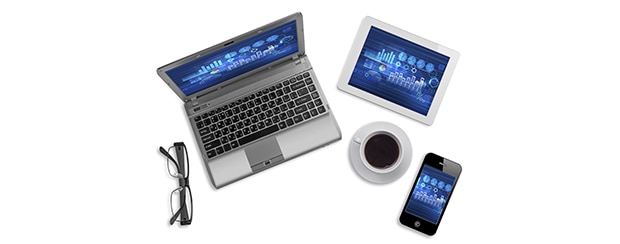First there was the swipe. Then came the dip. Now it’s all about the tap.
No, these aren’t the latest dance moves. We’re talking about the evolution of credit card payments.
Thanks to the advent of “digital wallets ” that let consumers store payment card information on their smartphones, contactless payments have been gaining traction in the U.S. Many banks are now introducing their own contactless credit cards, and by 2021, U.S. contactless card shipments are expected to reach 229.6 million, up from just 27.5 million in 2016.
For merchants, the benefits of moving to contactless payments can be significant, says Jacob Lunduski, lead credit card analyst for Credit Card Insider. A big one: Contactless credit cards are faster to use than traditional cards, and speeding up transactions means being able to serve more customers during peak hours. The result? A better customer experience and, in turn, “higher customer loyalty,” Lunduski says.
Yet for small businesses just now catching up with the EMV (Eurocard, Mastercard, Visa) chip, adopting another technology may feel overwhelming. It doesn’t have to be. If you’ve updated your point-of-sale (POS) system in the past couple of years, you probably already have the capability to accept contactless payments. And if you haven’t, there are low-cost solutions to help you make the transition.
Here’s what you need to know about contactless payments:






